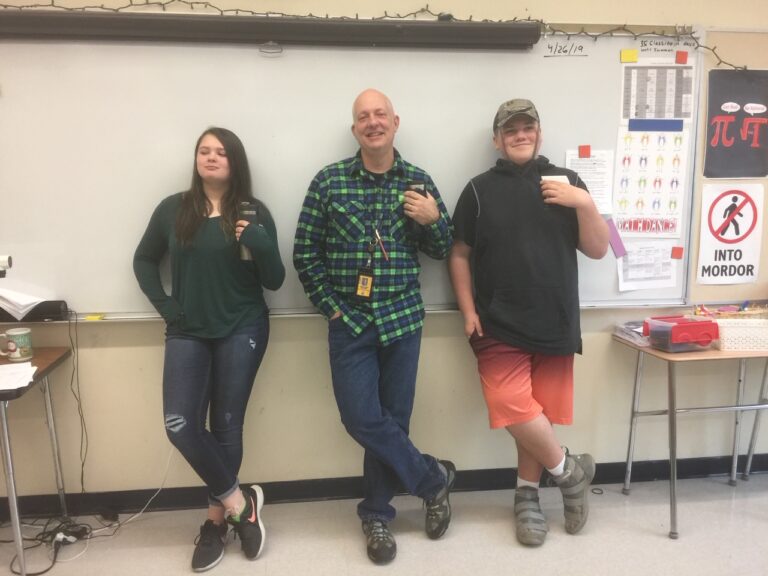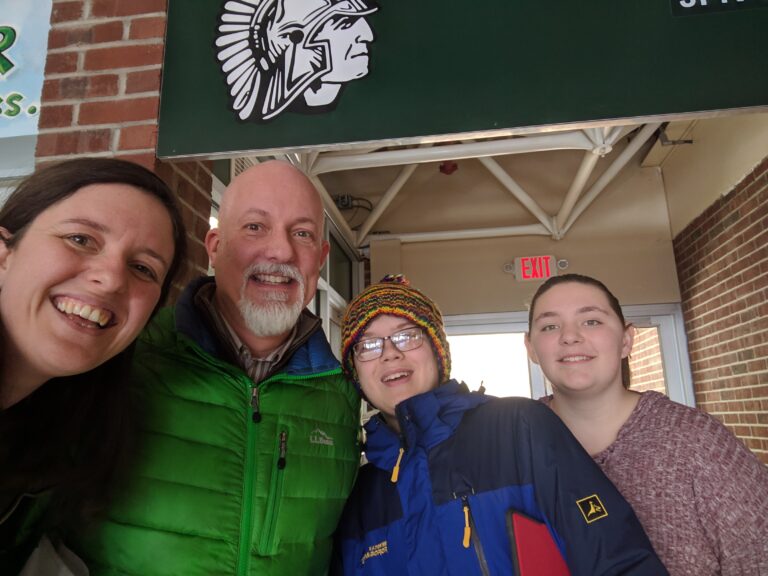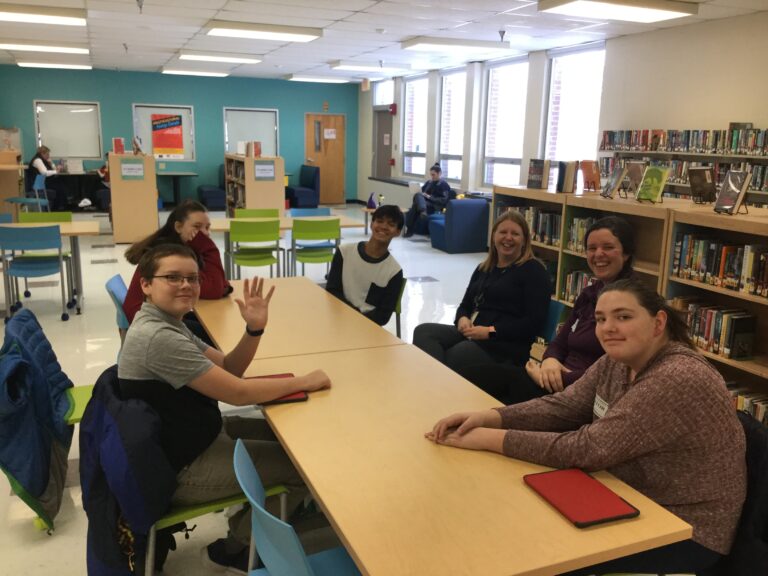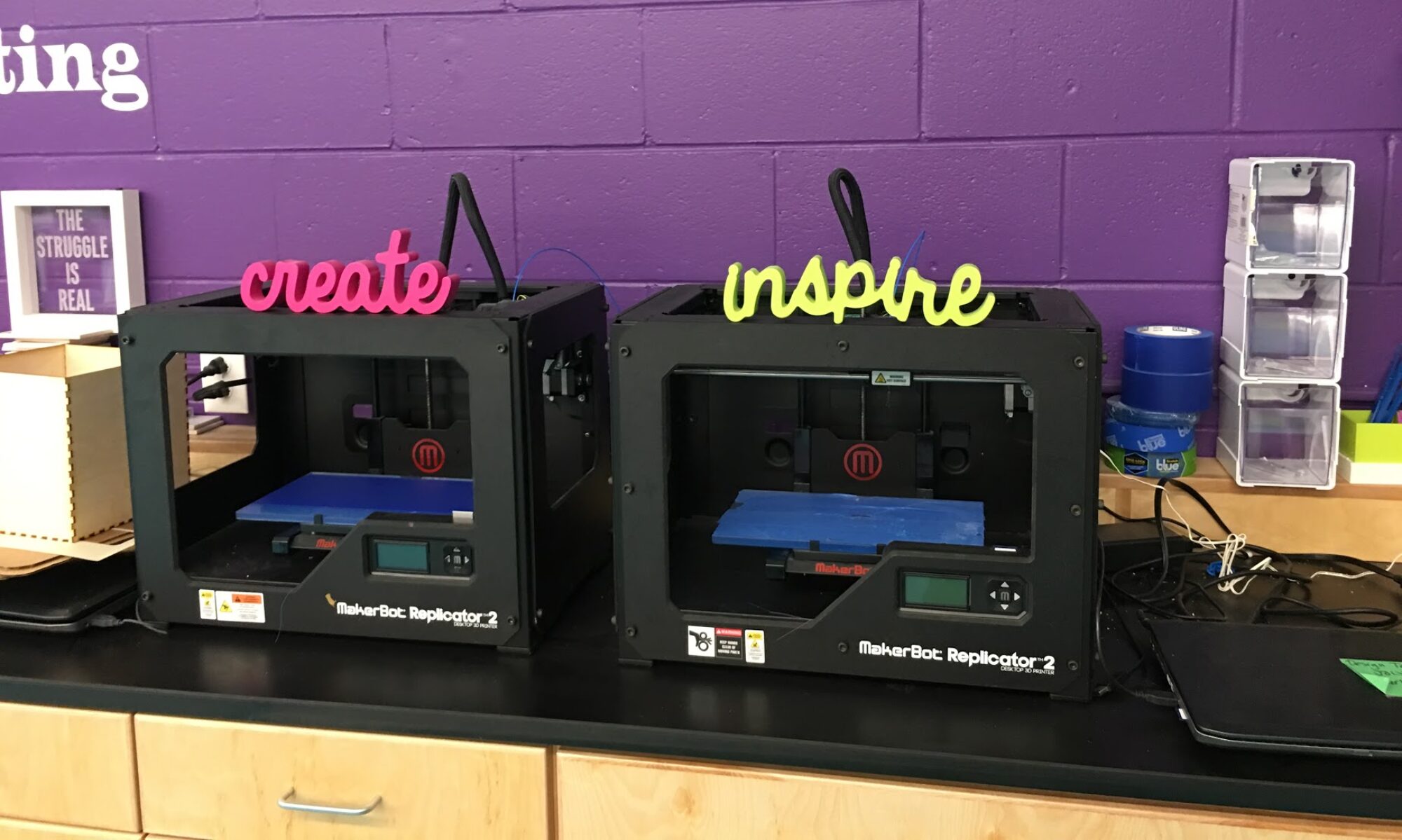Bright Spots:
They say imitation is the highest form of flattery… I guess I’m flattered. It never ceases to amaze me how humorous middle school students are by accident, and not when they try to be. I try to tell them I’m the only funny one around. To which they reply: “Funny… looking!” It’s safe to say the students aren’t afraid of me. I’ve tried to teach them to not take themselves too seriously. I tell them if someone says something that’s funny about you, then laugh. It’s funny!

Inquiry & growth
My bright spots this year are definitely the relationships I’ve forged with my students, watching their growth in math, and helping them feel included in the process. The questions I’ve been researching are:
Will implementing projects or project based learning into my classroom lead to improved results on standardized tests? Will they actually learn the math?
This has met with mixed results, but by including the students in the decision-making process, I’ve forged relationships with them that didn’t exist before. Though the projects were fun, I’m not sure it was really about that, in the end.

Meeting with my site-based team and taking them on a school visit was a definite highlight of the year. Yes, overall, the tests scores on our standardized testing did improve. Did everyone become proficient? Hardly. But there was growth in the right direction from the beginning to the end of the year.

Another unexpected bright spot that I didn’t consider when I started this experience has been connecting with like minded, energized, risk taking, other middle school teachers. The network we’ve formed is powerful and has given me many resources to read and ideas to try.
Belly Flops:
I thought having a site-based team would be easy. Easy to schedule, easy to get ideas from, and easy to spark a curiosity for learning math in the students that were asked and accepted as part of the team. As we all know, theory seldom matches actual experience. One of the students couldn’t handle it. Schedule, behavior, inability to concentrate all contributed to this student only participating once in a while and even then seemed intent on trying to distract the group.
Another student was hardly ever available due to being on too many other councils, groups, or extra-curricular activities. And then there were two. I don’t want to underwhelm the importance of these two. They were very helpful and their input is extremely valuable.
I have work to do next year, both in the selection process and trying to get meetings to become habit so students, and their teacher, plan around it.
Secondly, I thought trying to personalize the experience for students would instantly achieve buy-in and increased passion in my students. Allowing them to make choices about how do get the work done on projects or other activities seemed like a win-win. I, like some of my colleagues, also found that given too many choices and free time to work did not achieve the results I was looking for. Some students seemed completely unmotivated no matter what I tried.
I have more ideas for next year, to include having a subset of students help me plan the curriculum. We’ll see how that goes.

